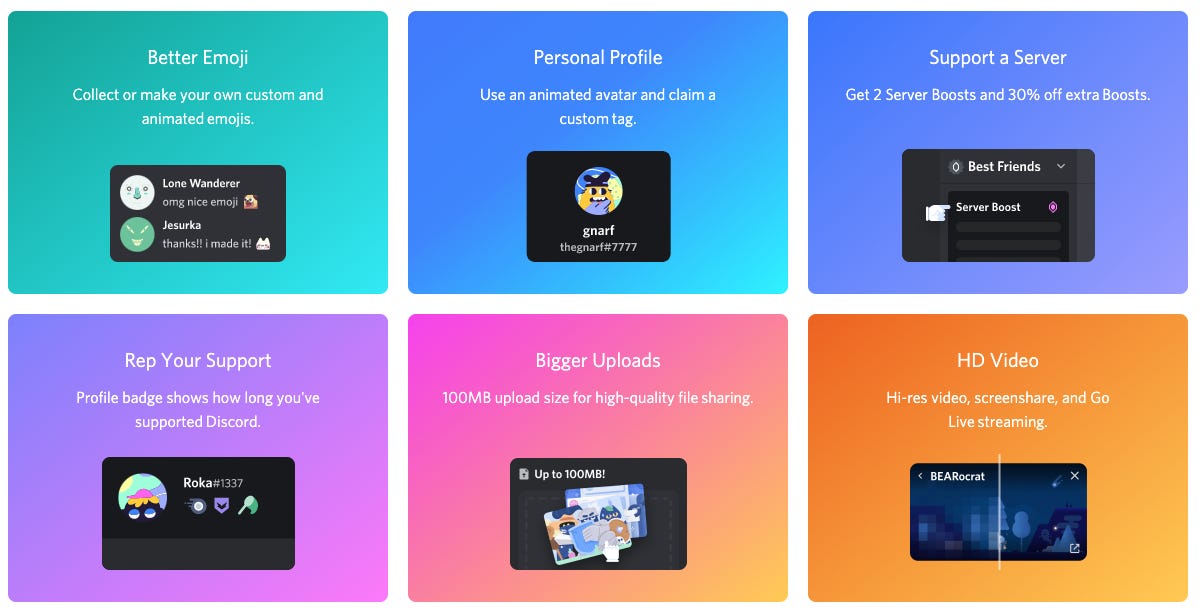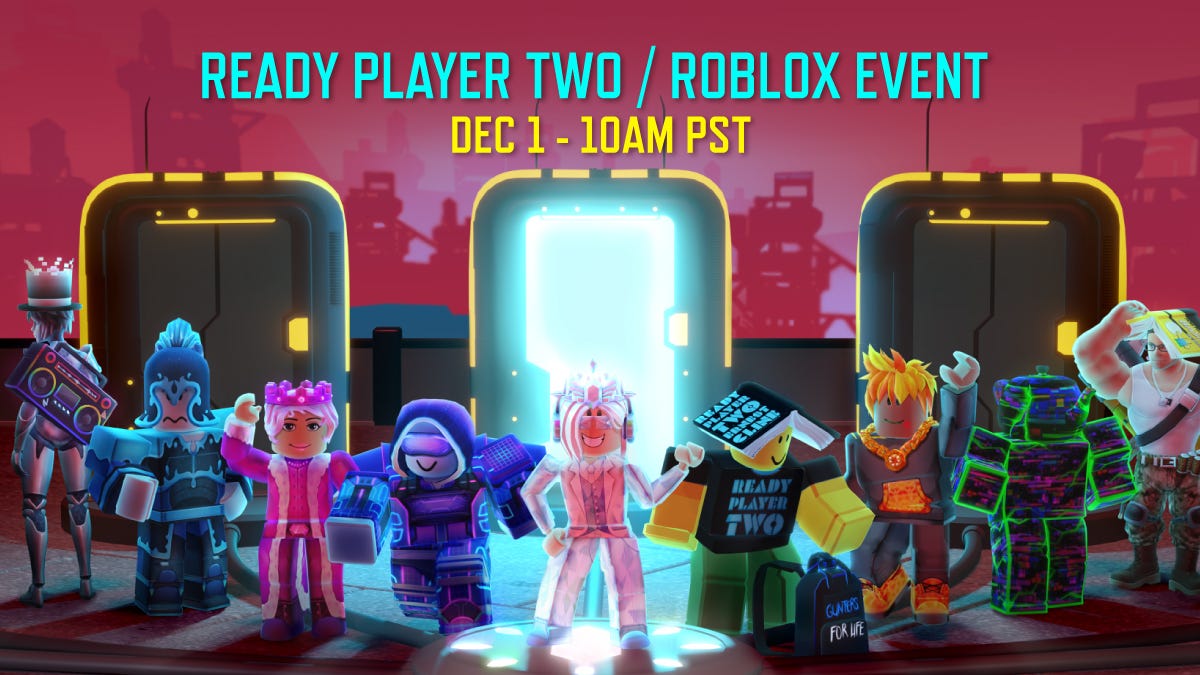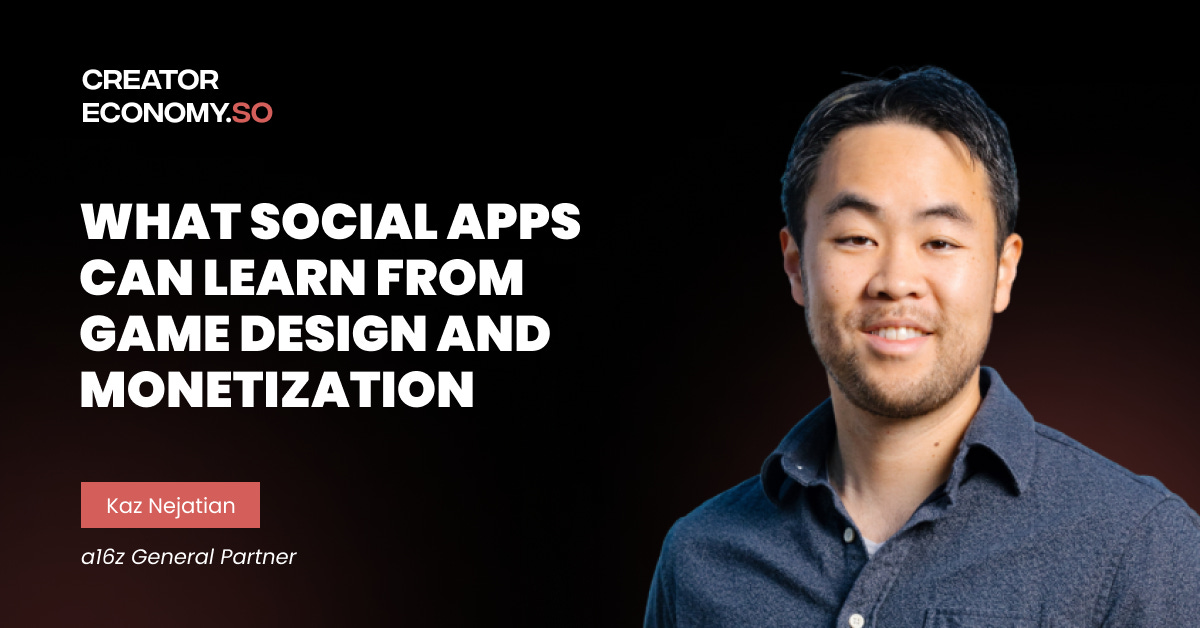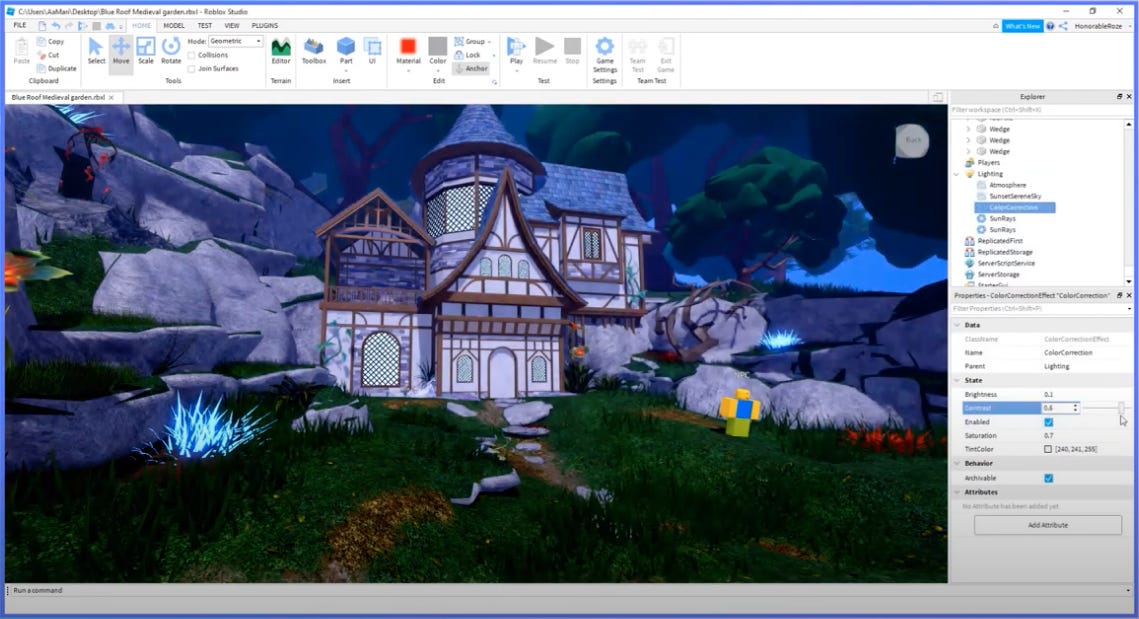What Social Apps Can Learn from Game Design and Monetization
Why the best apps today are games in disguise
Level up your product and creator skills in just 5 min a week. Join 50,000 readers:
Dear subscribers,
A few months ago, I tweeted that:
Let’s dive into what this means with Jon Lai, an a16z partner focused on gaming and next-gen social and creator products. Jon shares my belief that the best apps today are games in disguise. In the interview below, we discuss:
What social apps can learn from game design
How the best games today make money (e.g., Fortnite, Roblox)
How social apps can apply game monetization models
What social apps can learn from game design
What was your favorite game growing up?
Final Fantasy 7 was my favorite game growing up. It was so cool when Cloud (the main character) flipped off the train in the beginning. Subconsciously, I've been rocking a buster sword ever since.
World of Warcraft is probably the game that I played the most. I made so many lasting friendships in that game across four years. WoW made me realize that games could become more than entertainment - they could be living, social worlds in themselves.

That's amazing. I remember almost failing college due to World of Warcraft.
What do you think make games fun to play?
There’s no hard rule, but great games generally offer:
Motivation: Why do users want to play your game?
Great games give users intrinsic goals: Relatedness (desire to connect with others), competence (desire to get better), and autonomy (desire for control).Mastery: What are the rules of the game?
Great games offer a long-term path to mastery. Users want to improve their skills as they play the game, which leads to better retention.Feedback: How will users learn these rules?
Great games teach through strong feedback loops. User want to learn as they play instead of through an instruction manual.
What’s an example of a non-gaming app that follows the principles above?
A great example is Twitter:
Motivation: Twitter gives users relatedness through connecting with others, competence through growing an audience, and autonomy through self expression.
Mastery: Twitter offers a long path to mastery as users get better at growing an audience and finding value from the platform.
Feedback: Twitter delivers immediate feedback loops through likes, retweets, replies, and follows.
I love that you mentioned Twitter. It took me a decade to realize how valuable Twitter is as a platform. The path to mastery certainly is long!

How the best games today make money
How do games make money overall?
Games make money in three ways:
Premium: Users pay a fixed price for a game (e.g., $20-60). Console and AAA titles use this model.
Micro-transactions: Users play for free, but need to grind for or pay money to earn in-game content. Many mobile and live service games use this.
Subscription: Users pay a monthly fee to access in-game content. This model was pioneered by Fortnite’s Battle Pass and platform subscriptions such as Apple Arcade and Xbox Game Pass.
What’s unique about gaming is that all three models are thriving.
In fact, games often mix multiple models. Call of Duty, for example, is a premium game that also offers micro-transactions and subscriptions.
We’re also seeing new models emerge. Crypto games offer virtual goods as NFTs so users can permanently own the items that they purchase.
Fortnite has been a breakout game in the industry - making $5.1B in 2020 (source). Can you talk about how Fortnite makes money?
Fortnite is free to play and primarily makes money from its Battle Pass subscription.
Battle Pass subscription: Players pay to earn XP and levels as they play the game over a season (3 months). Each level comes with rewards such as character and weapon skins. A Battle Pass lets players unlocks rewards much faster, which motivates them to play more. This makes the game more fun and improves retention for all players.
V Bucks micro transactions: Players can also use V-Bucks, Fortnite’s virtual currency ($1 = 100 V Bucks), to buy individual character skins, animations, and more. In some ways, this option pushes people to buy Battle Pass, which offers more unlocks for less money.

Another breakout platform is Roblox, which made $920M in 2020 (source). How is Roblox's monetization model different from Fortnite?
Fortnite is managed by a central developer (Epic Games), while most of Roblox’s content comes from its 7M game creators (source). Here’s how it works:
Roblox supplies everything that creators needs to build and run a game (e.g., the scripting engine, pre-built assets, server hosting, matchmaking).
Creators add cosmetic items that players buy using Robux (Roblox’s currency).
Roblox takes a cut of a creator’s earnings from these in-game purchases.
Roblox also offers a subscription product that gives players perks and a fixed amount of Robux every month, continuing with the remixing theme.
Why do think players pay for cosmetic items (character skins, etc) that give them no benefit in the game?
Games like Fortnite and Roblox are immersive worlds where players spend thousands of hours with their friends. Therefore, the virtual clothing that players wear in these games are just as valuable to them as their real-life clothing.
Cosmetic items are a form of self expression. Players can show status by owning rare collectibles or get a sense of belonging by rocking the same uniform as their friends.
Brands are starting to pay attention as well - Gucci collaborated with Roblox to sell limited-run virtual Gucci bags and sunglasses.
You mentioned that crypto is emerging as a new monetization model for games. Can you share more about that?
Yes, crypto games are really interesting.
There has always been a shadow market for the resale of virtual goods and accounts for games. Yet, game publishers and creators have never been able to monetize these secondary markets. NFTs with traceable proof of ownership on the blockchain could open up new revenue streams for creators and provide more control to the players themselves.
For example, take a look at Dapper's NBA Topshot and Sorare's Fantasy Football. People have spent over $700 million buying Top Shot cards in less than a year. Mixing a NFT marketplace with the gameplay of fantasy basketball and soccer has been wildly successful.
How social apps can apply game monetization models
Ok let's go back to social apps. What can these apps learn from Fortnite and Roblox’s monetization models?
Find a model that aligns the company's and player’s interests.
Fortnite’s Battle Pass was successful because it gave players a big discount off in-game items that they would have had to pay 2-3x for if they bought them piecemeal. At the same time, Battle Pass also rewards players just for playing the game. Fortnite benefits by locking in recurring revenue up-front and by driving up retention over time.
Discord's Nitro subscription and server boosts are also an example of player-company aligned motivations. Players pay for "server boosts" that unlock privileges for the entire community (e.g., server banner, more emotes). These benefits make server boosting a positive event for the company (who gets revenue), the community (who gets perks), and the user who gets a status boost as a key contributor.

In some ways, all of these games and apps are working towards the metaverse. How would you define the metaverse, and what would the world look like when it becomes a reality?
The metaverse is this idea of a persistent, infinitely scaling virtual space with its own economy and identity system. Many companies are striving toward this future, including Epic (Fortnite), Roblox, and Facebook.
While most popular conceptions of the metaverse involve a Ready Player One type OASIS simulation, I think it's much more likely that we have a Multiverse first. A Multiverse has separate virtual worlds that are connected by common infrastructure. We could even think of today's landscape with Roblox, Fortnite, and Facebook as separate virtual spaces that are the beginnings of a Multiverse. We still have a lot to figure out - including how creators can make content to populate these worlds, how we can run these worlds cost-effectively, and technical constraints around interoperability and common infrastructure.

How far out do you think we are from this world?
With any luck, we're seeing the beginnings of a fledgling Multiverse today, and we'll see a continued acceleration over the next decade or so! Exciting times we live in - I wrote a post on the metaverse as well.
Subscribe below to level up your product and creator skills in just 5 min a week:
If you enjoyed this post, consider taking a moment to:
Refer a friend to unlock my 180+ page PM book and paid subscriptions for free.
Sponsor this newsletter to reach 50,000+ tech professionals and creators.







Super interesting reading all your articles! Thank you Peter and Jon!